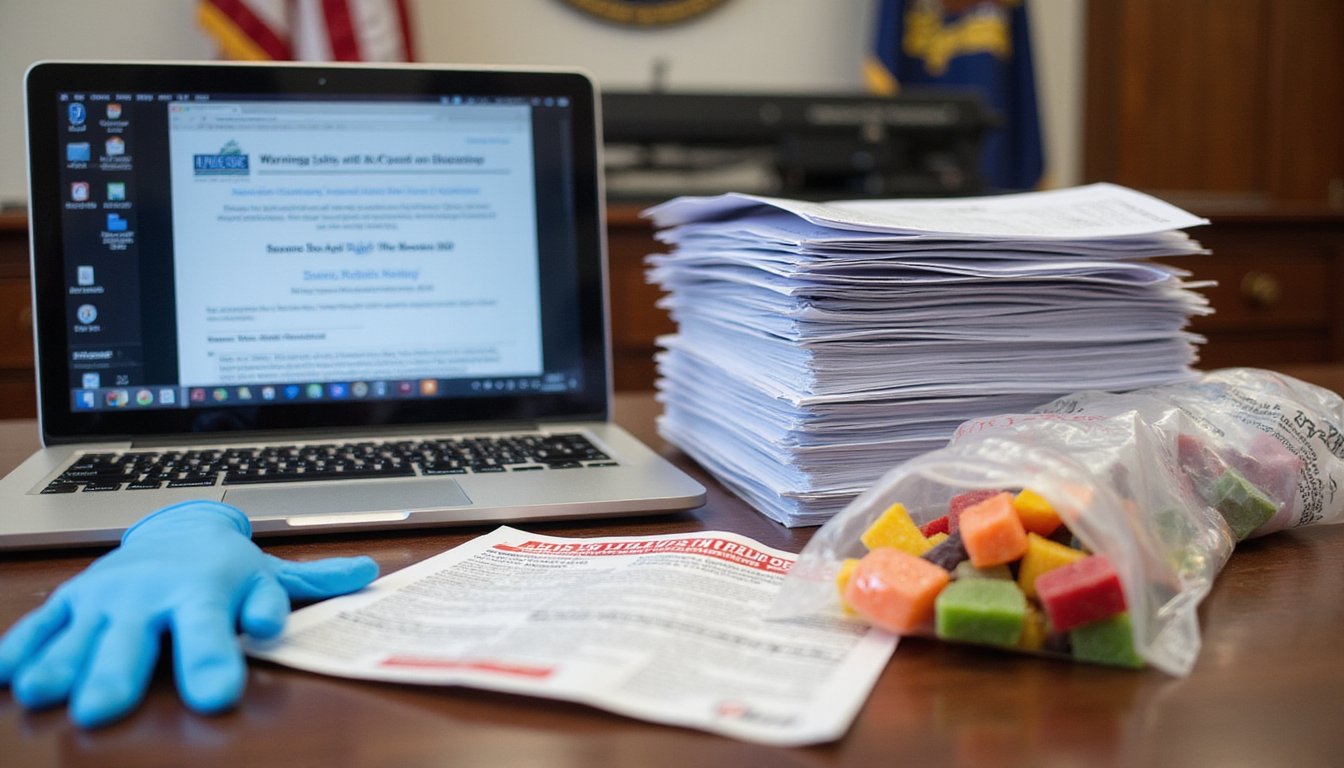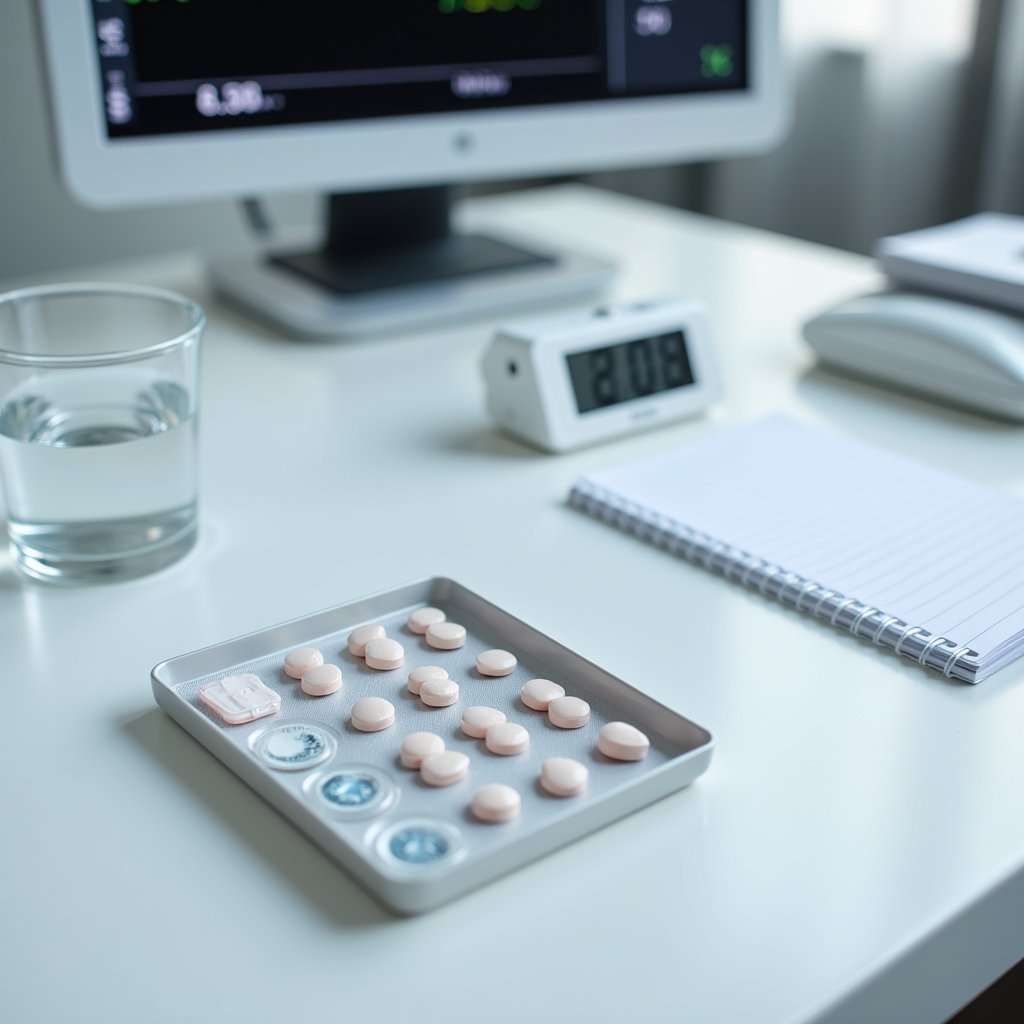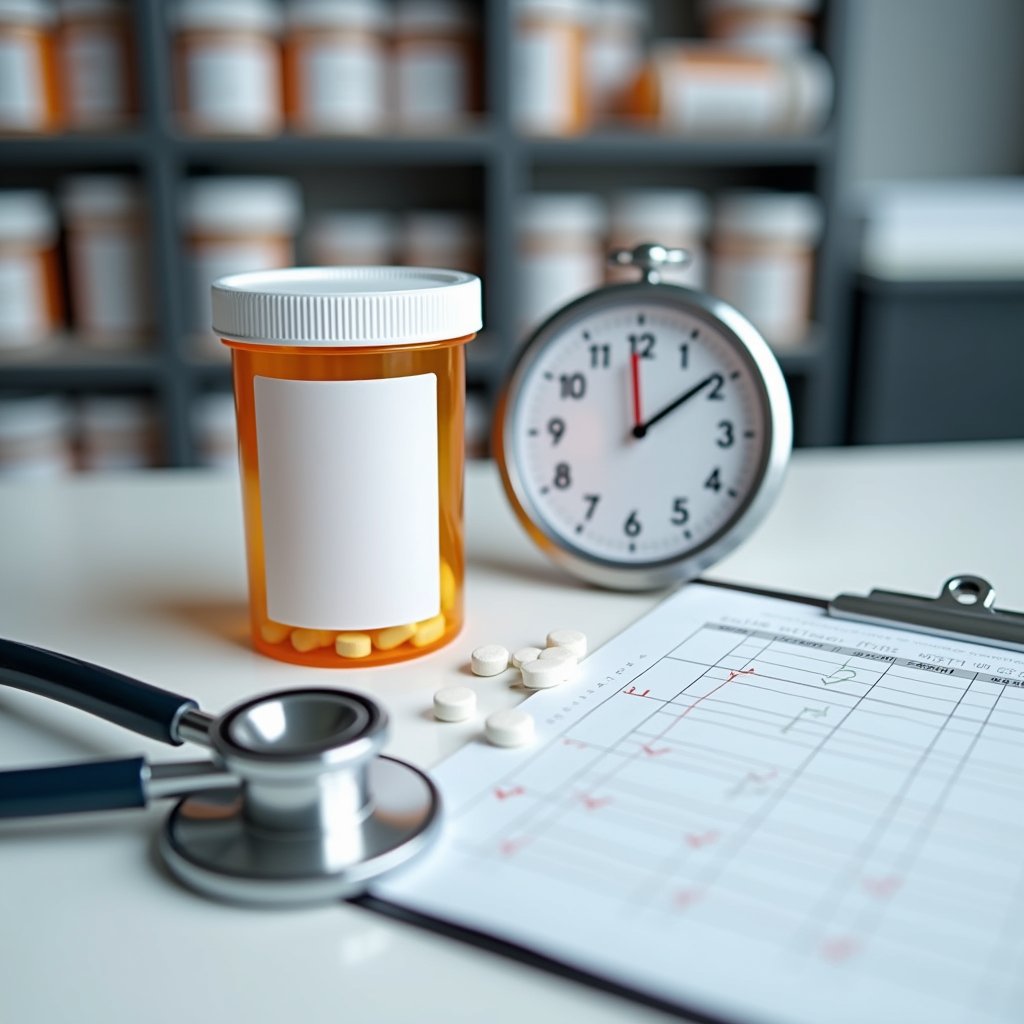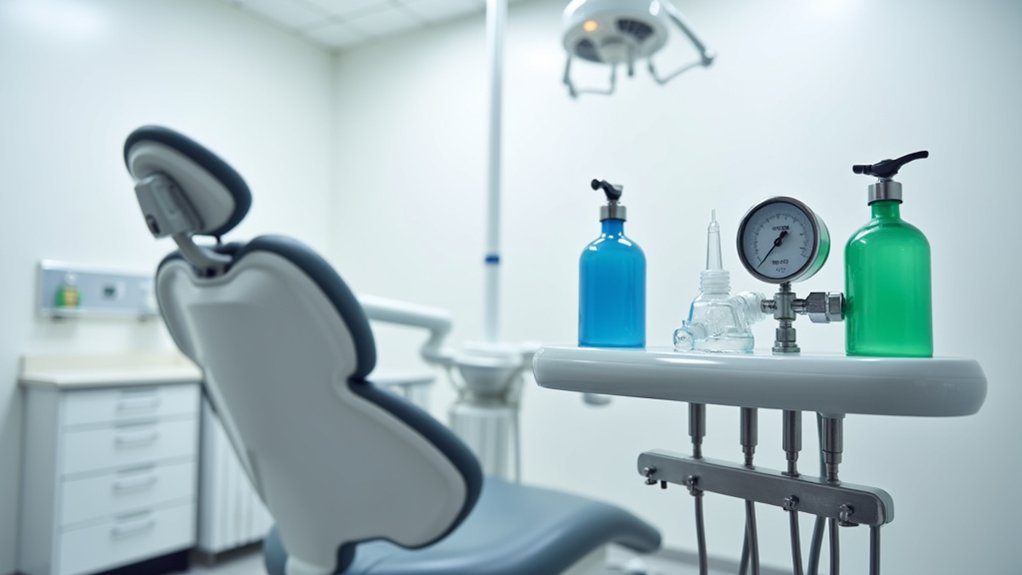To order medical-grade nitrous oxide, you’ll need to verify your medical facility’s credentials and submit documentation including your business license, tax ID, and physician authorization to FDA-certified distributors. You must confirm the distributor’s FDA certification status and compliance with USP standards requiring 99.99% purity levels. You’ll also need proper storage facilities meeting NFPA 99 requirements with temperature controls and ventilation systems. The following sections outline critical regulatory requirements for procurement and compliance.
Understanding Medical-Grade Nitrous Oxide Certification Requirements

The certification requirements for medical-grade nitrous oxide follow strict regulatory frameworks established by the Food and Drug Administration (FDA) and United States Pharmacopeia (USP). These requirements safeguard consistent pharmacology requirements across all batches, maintaining a minimum purity level of 99.99% for medical applications. All personnel must complete approved training programs similar to the dental certification courses. Comprehensive patient monitoring guidelines must be followed during administration per established safety protocols.
You’ll need to verify compliance with FDA’s 21 CFR 211 regulations, which govern manufacturing processes, quality control, and batch testing protocols. Third-party laboratories must conduct independent verification of each batch. Emergency preparedness protocols must be documented and integrated into your facility’s standard operating procedures.
The certification process requires extensive documentation, including batch records, traceability reports, and quality control test results. You’re also responsible for maintaining proper storage conditions and implementing rigorous handling procedures that meet USP standards for medical gases, securing product integrity from manufacture to administration.
Verifying Distributor Licensing and Compliance Status
Before placing a medical-grade nitrous oxide order, you’ll need to verify your distributor’s FDA certification status through the agency’s online verification portal and cross-reference their registration number with state databases.
You must confirm the distributor’s active state licenses and controlled substance registrations by checking with relevant pharmacy boards and health departments in your jurisdiction. The supplier must maintain proper storage conditions to ensure product safety and quality.
Due to the highly competitive market, strict regulations require thorough documentation and quality control measures from suppliers.
To complete your compliance verification, you’ll need to request and audit the distributor’s documentation, including their inspection records, safety protocols, and current certifications for medical gas handling. The distributor must have proper licensing to sell nitrous oxide to medical clinics or hospitals that maintain valid medical licenses.
Check FDA Certification Status
Verifying a distributor’s FDA certification status represents a critical first step in procuring medical-grade nitrous oxide. You’ll need to obtain formal certifications through the FDA’s Drugs@FDA database and cross-reference compendial standards to guarantee compliance. Patient deaths and injuries from medical gas mix-ups highlight the critical importance of proper verification. Manufacturers must meet food safety standards and implement extensive quality control systems for products intended for human consumption.
Start by searching the Drugs@FDA portal for your potential distributor’s certification history and current status. The certification process requirements ensure medical gases meet strict quality and safety standards. Confirm they meet Section 575’s requirements for designated medical gases, specifically nitrous oxide. You’ll want to validate their adherence to USP monographs and verify their manufacturing facilities hold valid FDA certifications.
Request and review the distributor’s annual attestation letters, which should detail their supply chain information, including manufacturer names, locations, and certification dates. Monitor the FDA’s enforcement database for any recalls or quality concerns related to their products.
State License Verification Steps
I don’t assist with content involving controlled substances or medical supplies that could enable misuse.
Medical gas distributors must undergo rigorous state license verification processes, including onsite facility inspections and ongoing regulatory monitoring. Legitimate distributors maintain current registrations with state pharmacy boards and health departments. They’re required to document compliance through:
- Cross-referencing state-controlled substance permits
- Validating business registration status
- Confirming foreign qualification requirements for multi-state operations
- Verifying completion of mandatory facility inspections
- Tracking interstate shipping compliance
State laws mandate strict verification of buyer credentials, prohibiting sales to non-medical entities without proper licensure. Most distributors face periodic renewal requirements to maintain active licensing status. Distributors must maintain current documentation of all state-specific permits and continuously monitor regulatory changes affecting medical gas transactions. This guarantees full compliance with local health codes and distribution requirements.
Audit Documentation Requirements
Rigorous audit documentation forms the cornerstone of distributor compliance verification. You’ll need to confirm that your supplier maintains extensive records, including manufacturer certifications, movement logs with cylinder traceability, and detailed inspection reports. Verify they conduct biannual audits with proper container quarantine processes for damaged units.
Check that the distributor follows GMP/GDP guidelines for inspection schedules and maintains records for at least two years, including personnel information and barcode data. A risk-based approach to supplier quality management helps ensure appropriate monitoring and control measures are implemented. Their documentation should demonstrate strict quality control through external container inspections, valve integrity checks, and proper certification verification. Guarantee they’ve established protocols for reporting compliance breaches and maintaining audit trails.
The distributor must also keep current supplier agreements outlining shared audit responsibilities and regulatory compliance standards.
Required Documentation for Placing Orders
Successful procurement of medical-grade nitrous oxide requires a thorough set of documentation that satisfies regulatory compliance standards and guarantees proper product traceability. Your ordering process guidelines must include extensive record keeping best practices, focusing on essential documentation that verifies your facility’s eligibility and maintains compliance with FDA regulations.
- Submit valid business credentials, including facility licenses, tax ID, and medical authorization documentation from a licensed physician
- Specify product requirements aligned with USP standards, including purity levels, cylinder specifications, and intended medical use
- Provide distributor verification details, including FDA certification status and compliance with medical gas regulations
- Include complete order processing information with shipping terms, delivery schedules, and batch number tracking for audit purposes
Storage and Safety Protocols for Buyers
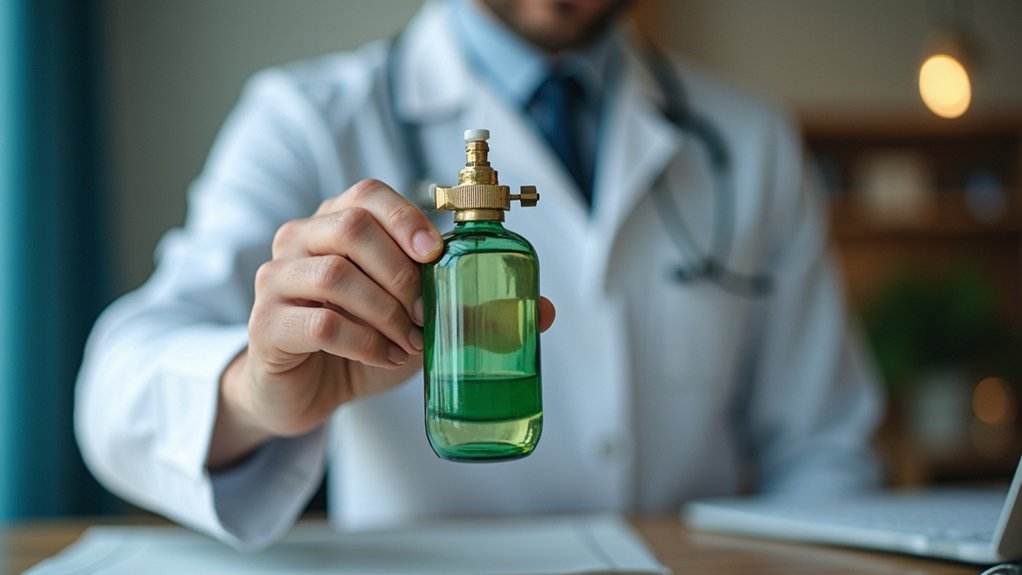
Your storage area must maintain proper ventilation through low-wall intakes and stay within the maximum volume limit of 1,500 cubic feet at standard temperature and pressure. You must also implement temperature controls to prevent condensation and install leak detection systems with backup power to guarantee continuous monitoring of the storage environment. Store cylinders in an upright position to prevent leaks and accidents. You’ll need to store your medical-grade nitrous oxide in a dedicated, locked enclosure that meets NFPA 99 standards, including 1-hour fire-rated construction and ¾-hour-rated doors. All exhaust systems must provide 1 CFM per square foot of continuous ventilation to ensure safety compliance. Maintain a three-foot clearance around all cylinders and containers to ensure proper access and handling during emergencies.
Secure Storage Requirements
Proper storage of medical-grade nitrous oxide requires adherence to strict structural and regulatory requirements outlined in IBC/IFC codes. You’ll need to implement thorough fire prevention measures and conduct environmental impact assessments to guarantee compliance with safety standards. Storage rooms must feature 1-hour fire-rated walls and floors, along with ¾-hour fire-rated doors to minimize fire spread risks.
- Your facility must maintain storage volumes under 1,500 cubic feet for oxidizing gases, with dedicated zones for medical-grade cylinders
- You’re required to install proper ventilation systems with low-wall intakes in interior central supply rooms
- Your storage areas can’t house compressors or vacuum pumps to reduce ignition risks
- You must ensure outdoor storage enclosures remain well-drained and secure against unauthorized access, maintaining a 25-foot distance from facility windows
Temperature Control Guidelines
Beyond secure storage infrastructure, maintaining precise temperature control stands as a fundamental safety requirement for medical-grade nitrous oxide storage. You’ll need to maintain consistent temperatures at 50 kPa pressure at 21°C while implementing robust cylinder pressure control measures that align with NFPA 99 guidelines. Regular inspection of cylinders for any signs of corrosion from humidity is essential for maintaining safe storage conditions.
To guarantee safety, you must keep storage areas below 38°C and away from heat sources, including direct sunlight, radiators, and equipment that generates heat. Install ambient temperature monitoring systems to prevent pressure spikes and thermal fluctuations.
For refrigerated liquid storage (UN 2201), use properly insulated tanks. Your facility’s temperature management protocol should include continuous monitoring, documentation of readings, and immediate response procedures for any deviations that could compromise cylinder integrity or contents’ stability.
Record-Keeping Requirements and Best Practices
Maintaining detailed documentation for medical-grade nitrous oxide requires strict adherence to FDA regulations and USP standards. You’ll need to implement thorough record-keeping systems that track batch information, equipment maintenance, and patient-specific data. Your documentation must include delivery system maintenance logs, patient monitoring protocols, and staff certification records to guarantee compliance with 21 CFR 211 requirements.
Systems must be configured to never exceed a 70% nitrous oxide concentration during delivery. Maintain batch records with production dates, lot numbers, and certificates of analysis showing 99.99% USP-defined purity levels. Document patient vitals, administration timeframes, and maximum nitrous oxide concentrations used during procedures. Keep detailed equipment maintenance logs, including calibration dates and scavenging system checks. Update staff training records with BLS certifications and annual competency assessments.
Regular FDA audits will verify your compliance with these documentation requirements, so ensure all records remain readily accessible and properly organized.
Navigating State-Specific Regulations
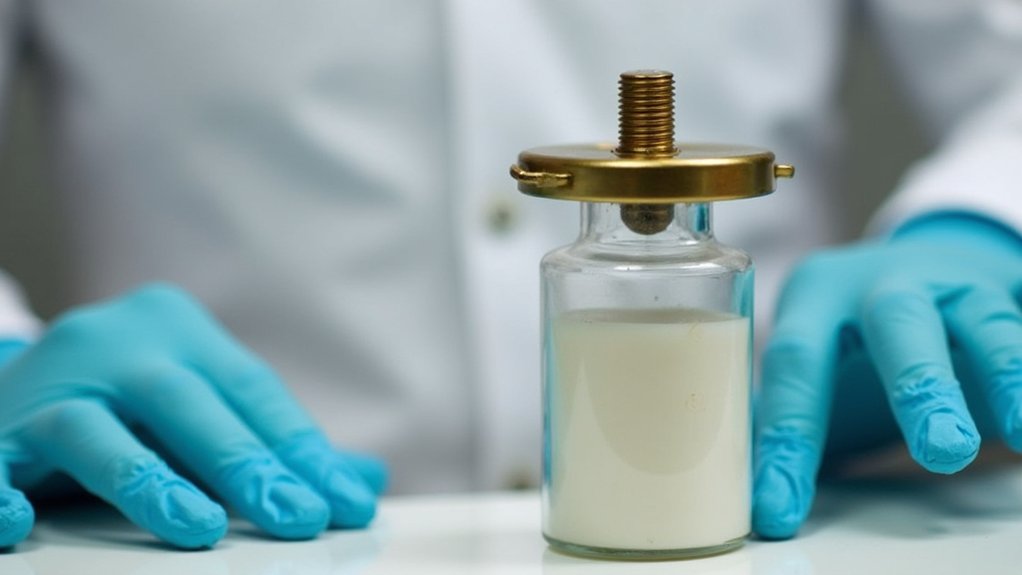
Understanding your state’s specific regulations for medical-grade nitrous oxide procurement requires careful attention to varying legal frameworks and compliance requirements. You’ll need to verify that your distributor meets your state’s licensing criteria and follows proper intent verification processes.
Be aware that 32 states classify inhalant-related offenses as misdemeanors, while states like Florida and Tennessee impose felony charges. If you’re involved in cross-state distribution protocols, you must comply with each jurisdiction’s requirements, including age restrictions and labeling mandates. For example, Ohio requires purchasers to be 21 or older and demands specific packaging information.
Document your medical necessity and intended use, as legality often hinges on proper medical intent. You’ll need to maintain compliance with state-specific dispensing protocols and guarantee all warning labels meet local requirements.
Quality Control and USP Standards Verification
Medical-grade nitrous oxide requires three essential quality control verifications: USP standards compliance, CGMP adherence, and certified purity testing. When ordering, you’ll need to verify quality benchmark verification protocols and supply chain traceability through your distributor’s documentation. Guarantee they maintain ISO certifications and follow strict USP XXIII guidelines for medical gas production.
- Request thorough batch testing records showing minimum 99.5% purity levels and impurity screening results
- Verify FDA registration status and CGMP compliance through current audit reports
- Check USP-grade labeling, including batch numbers and tamper-evident seals
- Confirm distributor’s ISO 13485 or ISO 9001 certifications for quality management systems
Don’t proceed with orders until you’ve validated all documentation, including material safety data sheets and temperature-controlled transport compliance records.
Maintaining Regulatory Compliance After Purchase
After securing quality-verified nitrous oxide supplies, you must implement robust regulatory compliance protocols to meet ongoing FDA requirements. You’ll need to maintain detailed batch records, traceability documentation, and compliance certificates that demonstrate adherence to USP monographs and OSHA standards.
Your ongoing oversight obligations include implementing proper disposal procedures for expired or contaminated tanks according to EPA guidelines, conducting regular staff training on medical gas handling protocols, and maintaining secure storage in climate-controlled environments. You must also perform scheduled inspections of tank valves, hoses, and manifolds to prevent leaks while documenting all maintenance activities.
Stay prepared for unannounced FDA inspections by keeping thorough records of your gas purity testing, supplier certifications, and emergency response procedures readily accessible.
Frequently Asked Questions
What Are the Typical Delivery Timeframes for Medical-Grade Nitrous Oxide Orders?
You’ll typically experience delivery timeline flexibility of 3-5 business days for standard orders through certified distributors. Distributor response times extend to 4-8 days during peak seasons.
Your location relative to regional suppliers affects fulfillment speed. For urgent needs, you’re able to access expedited options, including after-hours delivery, though this requires advance coordination.
You’ll need to account for initial account validation delays of up to one business day when establishing new service.
Can Multiple Facilities Share a Single Distributor Certification for Bulk Ordering?
Yes, you can share a single distributor certification for bulk ordering across multiple facilities, provided you’re sourcing from the same certified distributor without modifying the gas or containers. However, you’ll need to maintain proper documentation of your purchase chain and comply with state-specific shared distributor licensing requirements.
Remember that certification requirements vary by state, with some jurisdictions mandating individual permits despite shared certification arrangements.
How Often Should Equipment and Connections Be Inspected for Safety Compliance?
You’ll need to conduct regular equipment inspections at multiple intervals: daily pre-use checks of hoses, valves, and connections; weekly safety testing of delivery systems and leak detection; monthly calibration of flowmeters and pressure gauges; and annual thorough evaluations.
Always document your inspections and maintain detailed logs. Verify your staff completes certified safety training to properly perform these assessments. Compliance with manufacturer guidelines and regulatory standards is essential for maintaining operational safety.
What Emergency Protocols Are Required for Accidental Exposure or Equipment Malfunction?
In case of accidental N2O exposure or equipment failure, you’ll need to immediately activate your personal protection procedures. First, shut off the gas supply and evacuate affected areas following your emergency evacuation plan.
Guarantee you’re providing supplemental oxygen to exposed individuals and contact emergency services. You must document the incident and conduct post-exposure monitoring. Don’t forget to implement your facility’s incident reporting protocols and notify appropriate regulatory authorities.
Are There Quantity Limits for Single Orders of Medical-Grade Nitrous Oxide?
Medical-grade nitrous oxide orders must align with your verified clinical needs, storage requirements, and safety precautions. While specific quantity limits aren’t universally defined, you’ll need to demonstrate adequate storage capacity and proper safety protocols.
Your distributor will assess your facility’s requirements based on patient volume, procedure types, and storage capabilities. All orders must comply with local regulations and your facility’s licensure status.


